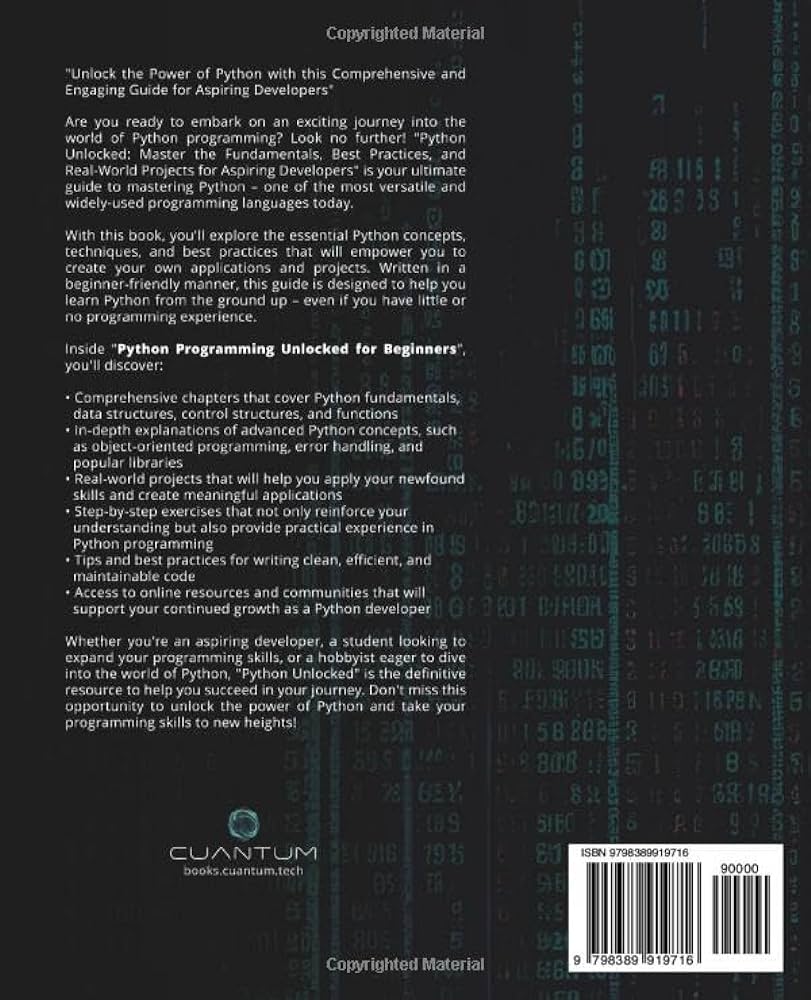This tutorial provides a step-by-step guide for aspiring coders to master programming languages. It begins with the importance of selecting the right language, considering factors like popularity and job demand. Learning resources such as books, online courses, and tutorials are discussed, emphasizing the need to build a strong foundation before moving on to advanced concepts. Regular practice and continuous learning are crucial for mastery, and the tutorial encourages participation in online communities and workshops. Emphasizing dedication and commitment, the guide concludes by emphasizing the rewarding nature of mastering programming languages.
Mastering Programming Languages: A Step-by-Step Tutorial for Aspiring Coders
Introduction
Learning a new programming language can be a daunting task, but with the right approach and resources, it is entirely possible to become proficient in multiple languages. This step-by-step tutorial will guide aspiring coders through the process of mastering programming languages, from selecting a language to learning resources, and practice tips.
Selecting a Programming Language
The first step in mastering a programming language is to select one to focus on. There are countless programming languages to choose from, each with its own strengths, weaknesses, and use cases. As a beginner, it’s essential to research and consider factors such as the language’s popularity, job demand, and personal interest. Some popular languages to consider include Python, JavaScript, Java, C++, and Ruby.
Learning Resources
Once a programming language has been selected, it’s crucial to gather the right learning resources. There are numerous resources available for learning programming languages, including books, online courses, tutorials, and coding bootcamps. Each resource has its own advantages, so it’s important to explore different options and select those that align with one’s learning style and goals.
Building a Strong Foundation
Before diving into advanced concepts, it’s imperative to build a strong foundation in the chosen programming language. This includes learning basic syntax, data types, control structures, and functions. A solid understanding of these fundamental concepts will serve as a strong base for more advanced topics.
Practice, Practice, Practice
Practice is essential for mastering any programming language. It’s recommended to regularly practice coding exercises and challenges to reinforce learned concepts. Additionally, tackling real-world projects and collaborating with other developers can provide valuable hands-on experience and insight into best practices.
Exploring Advanced Concepts
Once a strong foundation has been established, it’s time to delve into more advanced concepts such as algorithms, data structures, design patterns, and frameworks related to the chosen programming language. Understanding these advanced concepts will elevate one’s coding skills and enable them to tackle complex problems and build robust applications.
Embracing Continuous Learning
Given the ever-evolving nature of technology, it’s important for aspiring coders to embrace continuous learning. Keeping up with the latest developments, attending workshops, and participating in online communities can help stay updated with industry trends and expand one’s knowledge and skills.
Conclusion
Mastering programming languages is a challenging yet rewarding journey. With the right approach, dedication, and resources, aspiring coders can hone their skills and become proficient in multiple languages. By following this step-by-step tutorial and staying committed to learning, aspiring coders can achieve their goal of mastering programming languages.
